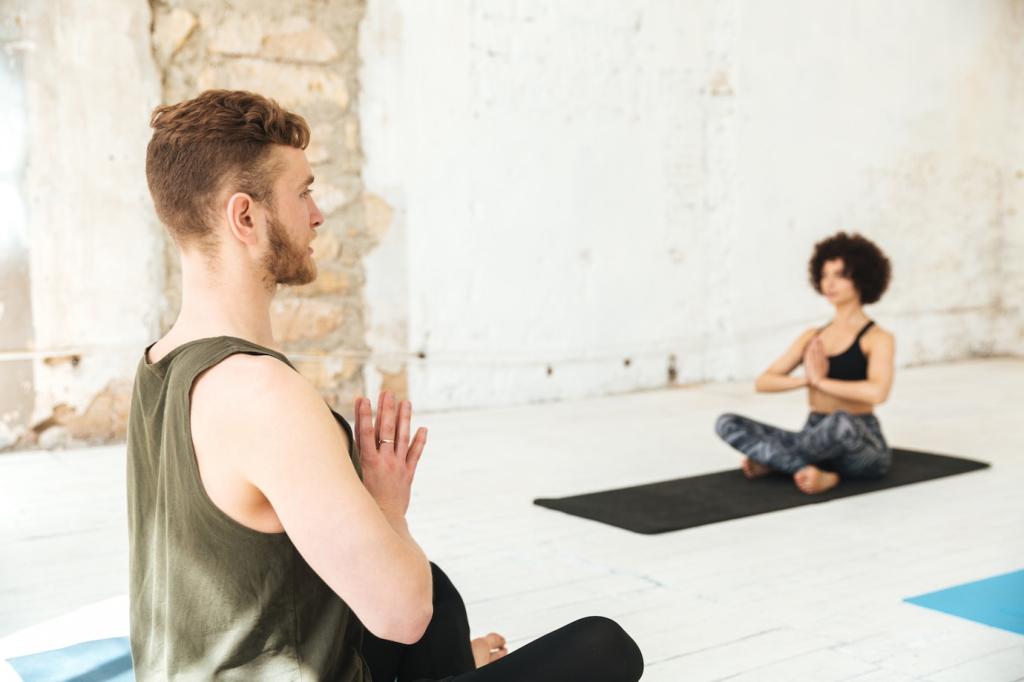Meet Your Breath: Foundations for First Steps
Your breath is the most accessible tool for calming the nervous system and restoring clear focus. Slow, steady breathing nudges the body from fight-or-flight toward rest-and-digest, improving energy, attention, and emotional steadiness. Start small and notice one subtle benefit today.
Meet Your Breath: Foundations for First Steps
Place one hand on your belly and one on your lower ribs. Inhale through your nose and feel a gentle, outward expansion around the waist. Exhale softly and let the belly fall. No pushing or forcing—just a quiet, natural rise and fall.
Meet Your Breath: Foundations for First Steps
Sit comfortably and count your breaths for sixty seconds. Notice pace, smoothness, and any pauses. Jot down a few words: tense, shallow, jittery, or calm. Repeat tomorrow. That tiny baseline becomes your compass for steady progress and honest, encouraging feedback.



